What Is Home Fries? A Spicy Guide to the Ultimate Comfort Food
Home fries are more than just a side dish—they’re a cozy, comforting staple that brings people together. But what exactly makes them special? In this article, we’ll explore the basics of home fries, their history, how they differ from other fried potatoes, and why they’ve become such a beloved part of spice culture.
Table of Contents
- What Is Home Fries?
- A Little History of Home Fries
- How Home Fries Differ from Other Fried Potatoes
- Essential Tips for Making Perfect Home Fries
- Buying Guide: Choosing the Best Ingredients for Home Fries
- Conclusion
What Is Home Fries?
Home fries are a classic dish made by cutting potatoes into cubes or chunks and frying them until they're golden brown and crispy on the outside while remaining tender inside. They're often seasoned with salt, pepper, and a variety of spices—some even include garlic, onion, or herbs for extra flavor. While they're typically served as a side dish, home fries can also be the star of a hearty breakfast or brunch.
But what sets home fries apart from other potato dishes like French fries, hash browns, or roasted potatoes? Let’s dive deeper.
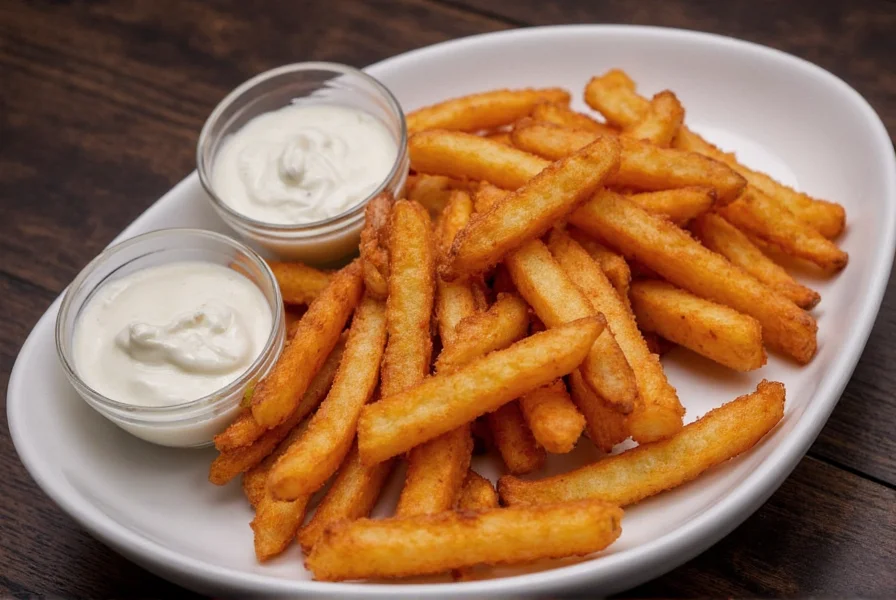
A Little History of Home Fries
The origins of home fries trace back to early American cuisine, where they were a common sight in kitchens across the country. Originally, they were made using leftover potatoes from previous meals, which were then fried to create a new, flavorful dish. Over time, home fries became a favorite at diners, cafes, and family tables alike.
While they may seem simple, home fries have evolved over the years. Today, they come in countless variations—from spicy chili-laced versions to herb-infused twists. And because of their versatility, they’re a favorite among both amateur cooks and professional chefs.
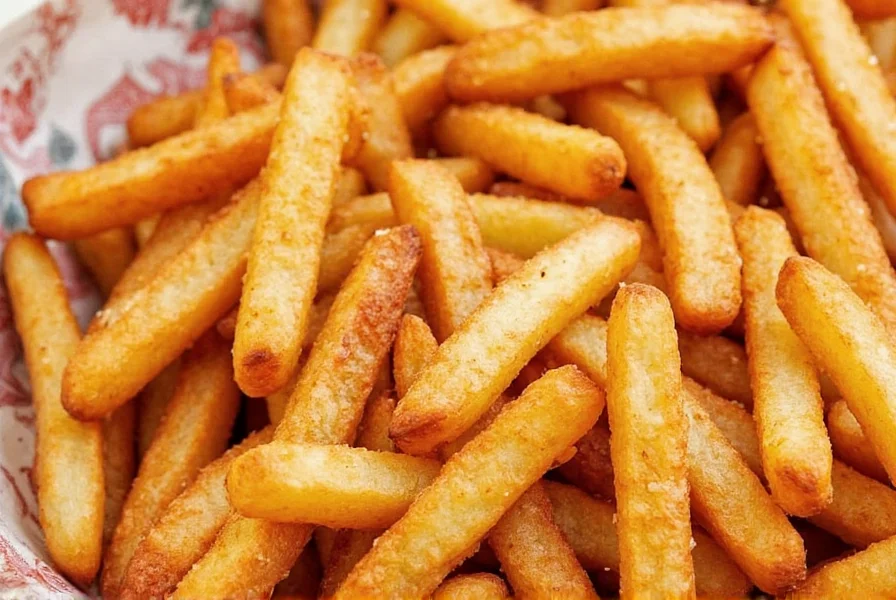
How Home Fries Differ from Other Fried Potatoes
To better understand what is home fries, it helps to compare them with other popular potato dishes:
| Dish | Texture | Preparation | Flavor Profile |
|---|---|---|---|
| Home Fries | Crispy exterior, soft interior | Fried in oil or butter | Versatile, can be spiced up or kept simple |
| French Fries | Thin, crispy, evenly cooked | Deep-fried in oil | Neutral, often paired with dips or sauces |
| Hash Browns | Flat, crispy, sometimes slightly burnt | Shredded and pan-fried | Crunchy, often used in breakfasts |
| Roasted Potatoes | Soft inside, crispy outside | Baked in the oven | Can be seasoned heavily with herbs and spices |
As you can see, home fries are a unique blend of texture and flavor. They’re not too crunchy like French fries, nor too flat like hash browns. Instead, they offer a perfect balance of crispiness and tenderness.
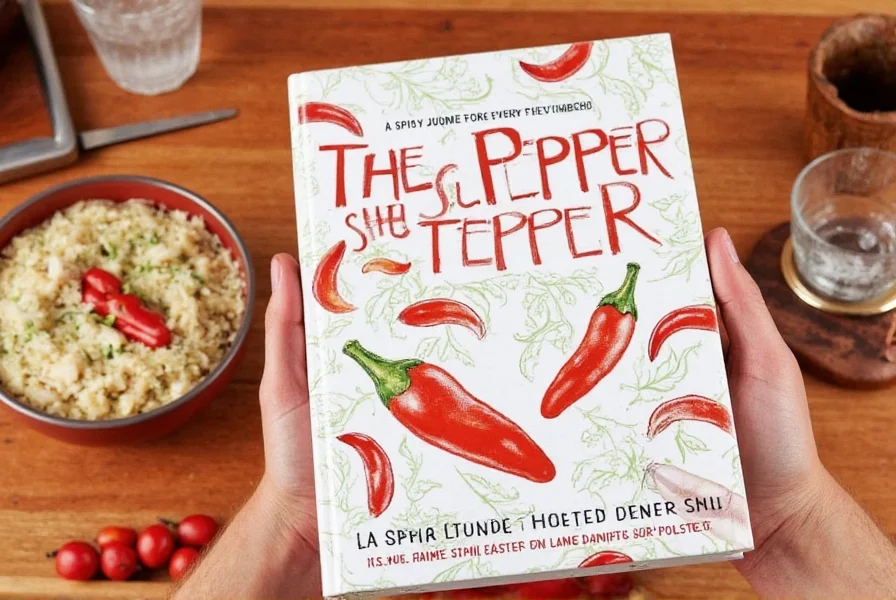
Essential Tips for Making Perfect Home Fries
Whether you're a seasoned cook or just starting out, these tips will help you master the art of making home fries:
- Use the right potato: Russet potatoes are ideal for home fries because they have a high starch content, which gives them a fluffy center and crispy exterior.
- Cut consistently: To ensure even cooking, cut the potatoes into uniform pieces. This prevents some parts from being undercooked while others burn.
- Soak the potatoes: Soaking the cut potatoes in cold water for 30 minutes removes excess starch, resulting in a crispier finish.
- Use hot oil: Make sure the oil is hot enough before adding the potatoes. This helps them cook quickly and develop a nice crust.
- Don’t overcrowd the pan: Fry in batches if necessary to avoid lowering the oil temperature and creating soggy fries.
- Season generously: Salt, pepper, and your favorite spices go a long way in enhancing the flavor of home fries.
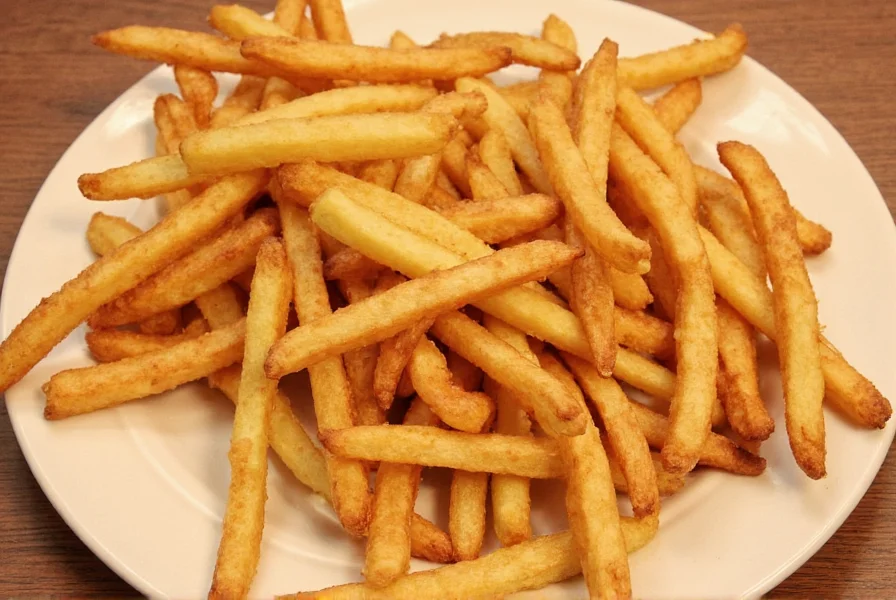
Buying Guide: Choosing the Best Ingredients for Home Fries
Choosing the right ingredients is crucial for making great home fries. Here's a quick guide to help you select the best products:
1. Potatoes
Product: Russet Potatoes
Features: High starch, fluffy texture
Advantages: Ideal for achieving a crispy exterior and soft inside
Use Cases: Breakfast, lunch, dinner
Target Audience: Home cooks, food enthusiasts
Suitable Occasions: Brunch, casual meals, family dinners
2. Oil
Product: Canola Oil
Features: Neutral flavor, high smoke point
Advantages: Works well for frying without overpowering the taste of the potatoes
Use Cases: Frying home fries, general cooking
Target Audience: Everyday cooks, health-conscious individuals
Suitable Occasions: Weekday meals, weekend breakfasts
3. Seasonings
Product: Garlic Powder
Features: Strong, savory flavor
Advantages: Adds depth to the taste of home fries
Use Cases: Flavoring potatoes, seasoning meats and vegetables
Target Audience: Flavor lovers, spice enthusiasts
Suitable Occasions: Dinner parties, family gatherings
4. Equipment
Product: Cast Iron Skillet
Features: Even heat distribution, durable
Advantages: Excellent for achieving a perfect crust on home fries
Use Cases: Frying, searing, baking
Target Audience: Professional chefs, serious home cooks
Suitable Occasions: Special occasions, gourmet meals
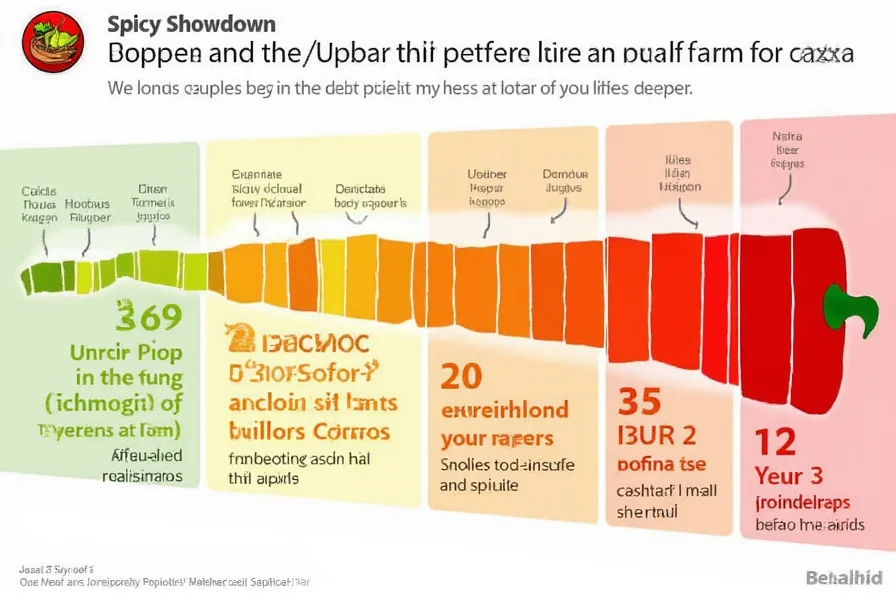
Conclusion
In conclusion, home fries are more than just a simple side dish—they’re a versatile, flavorful, and comforting meal that has stood the test of time. Whether you’re cooking for yourself, your family, or friends, home fries are a must-try. By understanding what is home fries and learning how to make them perfectly, you can elevate your cooking game and enjoy a delicious, satisfying meal every time.
Remember, the key to great home fries lies in the quality of your ingredients and the care you put into the preparation. So grab your potatoes, oil, and seasonings, and get ready to savor the magic of home fries!
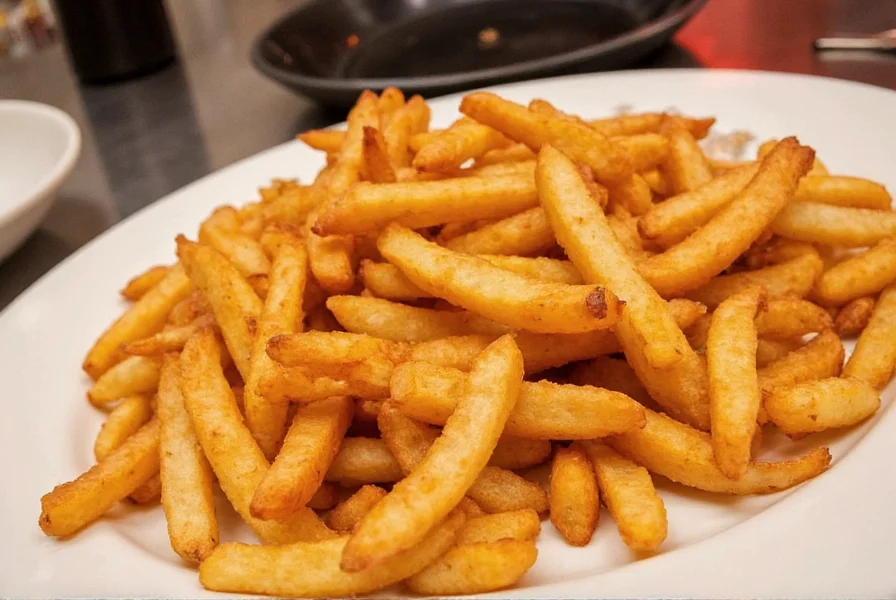

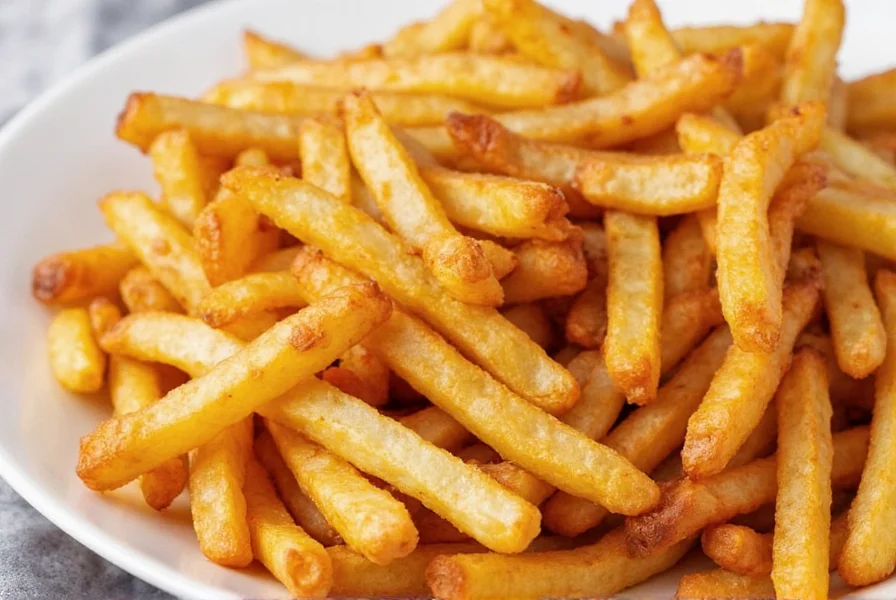









 浙公网安备
33010002000092号
浙公网安备
33010002000092号 浙B2-20120091-4
浙B2-20120091-4